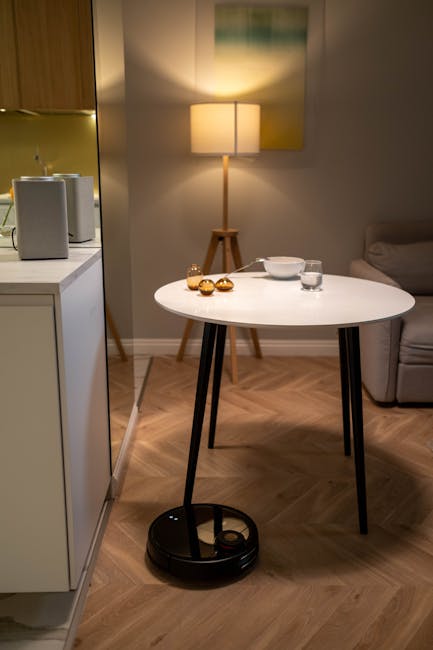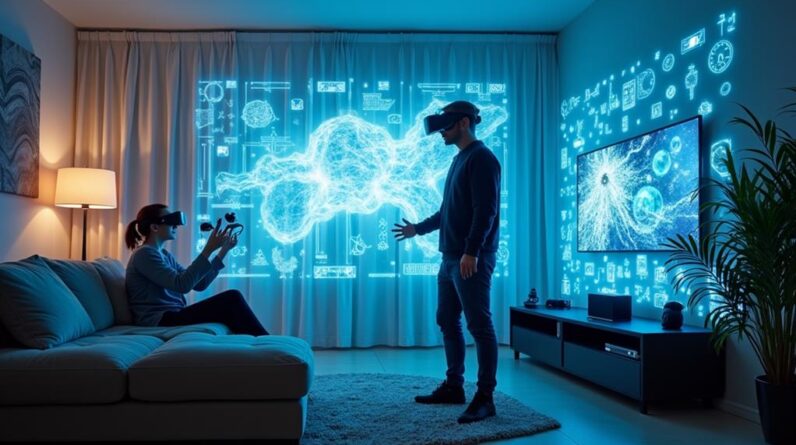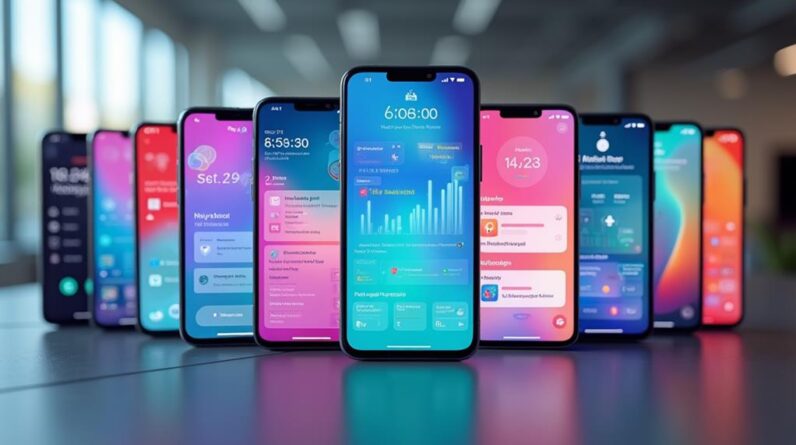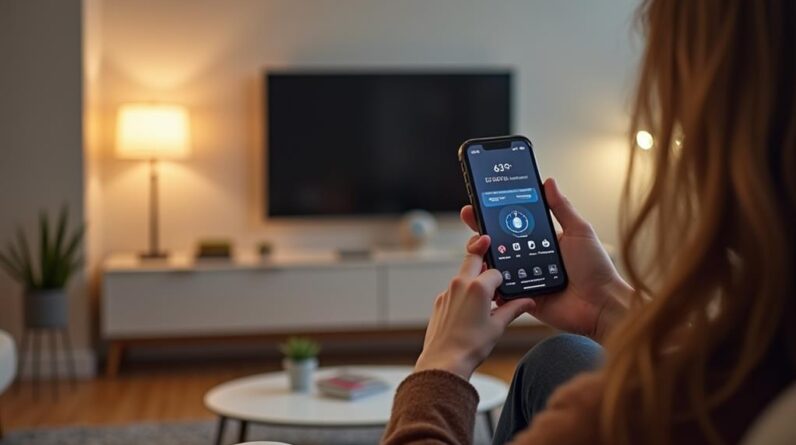
You've done some reading and decided
that you want a smart home. You are now faced with two choices: create a smart
home with Google Home, or go for Apple HomeKit. We explain which of the two you should have
in this video. HomeKit is Apple's smart home system. You can compare HomeKit to a kind of
remote control. You use the platform to
set up and operate your smart thermostats, lights, speakers, locks and so on.
A very practical example is that with
HomeKit you can control a smart lamp remotely with your iPhone. In addition, you can connect those devices with Apple
HomeKit again and automate them. For example, you can set the curtains to close
in the evening at a time of your choosing, and the heating will then switch off. Siri is built into HomeKit. That's nice, because this allows you to operate those curtains
or turn on a speaker by just using your voice. The counterpart of Apple HomeKit is Google
Home and basically they do the same. With Google Home you can therefore also
set up and operate all kinds of smart household appliances with your smartphone or tablet. Google's smart home system also has a digital
butler, but there it is called the Google Assistant.
Google Home and HomeKit can therefore best be
seen as the foundation of your smart home. The systems ensure that all your smart
games are in one place, in the app, and that everything works together. Basically, HomeKit and Google Home do the same,
but there are a few important differences. Which option is best for your smart
home mainly has to do with the phones and computers that you and your roommates use. More on that later, now first the differences. Many people who have or want a smart home
do so because they want to automate actions. Take the example just now. With the push of a button or 1 word
that you have to say, you want to close your smart curtains , set the thermostat to a comfortable
temperature and put on some relaxing music .
With Apple HomeKit you use Scenes for this. The starting point for this is the Woning app on
your iPhone or iPad. Via that app you can create a scene proposed by Apple
, or set up your own automation . After you have created the scene you can
activate the whole sequence of actions by, for example , saying good morning to your digital butler. If you use Google Home, you create a so-called
Routine via the Google Assistant. You activate these routines via the Home app
and you can make the automation as small or extensive as you want.

For example, you can use special Home and Away
routines to initiate all kinds of actions the moment you get home
or leave the house. The main difference between HomeKit
and Google Home is the support. Smart home
makers can build HomeKit or Google Home into their devices, and the reality is that this happens much more often
for Google's platform than Apple's. You can therefore use Google Home with more
than 30,000 devices from all kinds of categories, such as smart TVs, speakers,
lighting and cameras. Apple HomeKit support, on the other hand, is
only available on a few hundred products. So you have less choice in
composing your smart home. HomeKit products are also generally a bit
more expensive, but that is also because you usually simply have less choice and so there is
no budget option available, such as with Google Home. The two systems are therefore clearly opting for
a different course. As we are used to, Apple likes to keep the reins
in its own hands and focuses on reliability and privacy with HomeKit.
Google is letting go of the reins a bit more
and thinks it is important that you have a lot of choice in composing your smart home. We would therefore make the choice for your smart home system
primarily dependent on the type of telephone and computer that you are currently using. Do you swear by Apple and do you have
an iPhone, Mac and Apple TV at home, for example? Then Apple HomeKit is the logical choice for
you. Google Home is the wise choice if,
for example, you have both Androids and iPhones at home. The Home app is supported by
both platforms. That's an important difference, because on Android
, you can't download the Home app needed to download HomeKit. When putting together your smart home,
you should therefore take into account the well-known stickers from Google Home and HomeKit. Do you see these icons next to a smart speaker,
TV or plug? Then you can add and control the devices
via the Google Home app or Home app.
The lack of a sticker does
not mean that the device is completely useless in your smart home. For example, if you, as an Apple user, are
going to buy a TV without HomeKit, it is best to check in advance whether the screen does have
AirPlay. That way you can still
stream music and videos from your iPhone to the TV. As a Google Home user, you should
pay attention to the cast icon for this, although you can of course also use a Chromecast to make your
TV smart.
At the moment smart products all speak
a different language, but fortunately that is about to change. Major companies like Apple, Amazon and Google
have teamed up to create a standard for smart homes. That's great, because it allows you to use products
from all kinds of different manufacturers with each other. We expect to see the first Matter products,
as the action group is called, in the coming years..
As an Amazon Associate I earn from qualifying purchases.







